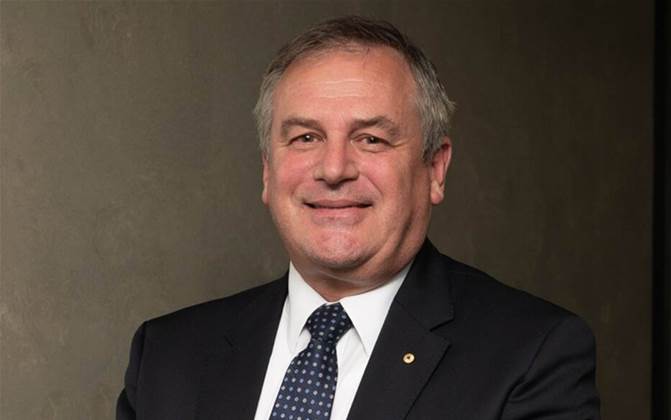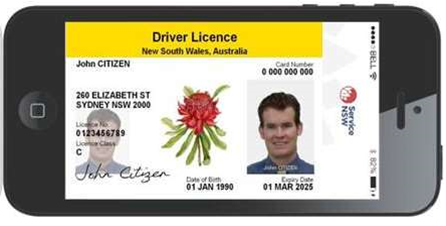This article has been reviewed according to Science X's editorial process and policies. Editors have highlighted the following attributes while ensuring the content's credibility:
fact-checked
trusted source
proofread
The Next Step After Battery Electric Cars
It’s All About EMFs. There is, technically a world of free and abundant energy source out there. While solar energy taps into this idea, it requires solar panels. However thus far, they cannot power an electric car operated solely on batteries. So what else is there? How about this abundant electromagnetic field energy, EMF source that permeates everything around us?
Star Trek Era Propulsion. Before we jump to the really next logical propulsion system a la Star Trek, matter/anti-matter, we might dabble first with something a little more mundane and plenty available, EMFs. Roughly put, an EMF is a physical field produced by moving electrically charged objects, such as a charged electric wire. While it affects the behavior of charged objects in the vicinity of its field, it extends indefinitely throughout space and interacts with other objects.

Nikola Tesla. Nikola Tesla, whose 156th birthday was celebrated earlier this month might have made an wirelessly charged and operated electric car way back in 1931. But here’s the interesting point, theoretically it used no batteries, save for the onboard 12 Volt one. Of course, you can imagine how the petroleum companies would have felt about this, and all was quickly forgotten. It would seem, Dr. Tesla converted a Pierce Arrow with an AC electric motor and slapped on a 6 ft antenna behind the car. Using a “receiver” built from scratch in his bedroom with 12 special tubes no bigger than a radio, it was mounted inside the dashboard. He then proceeded to give the key to its owner who witnessed the car move quietly on its own.

Separating Facts From Fiction. Of course, all of this is hearsay and any patents or research from Nikola Tesla’s labs have long been buried. However, Tesla did build the famous Wardenclyffe Tower that was used to test the broadcast of electricity as EM waves through the air. It worked so well that he felt, when perfected it would allow electric cars to operate remotely and wireless without onboard batteries.

While this might be literally stretching the idea of the current wireless charging systems of batteries, it does have practicality, at least on paper.
So could an electric car without battery run with a Wardenclyffe tour system? If we take into consideration current wireless charging systems and the fact that generators and electric motors are nothing more but electron pumps, the idea of remotely exciting electrons to move inside a motor is not that far fetched. Nikola Tesla probably saw the theoretical in wireless long-range induction system for an electric car that would somewhat replace the need for heavy electric batteries.



















